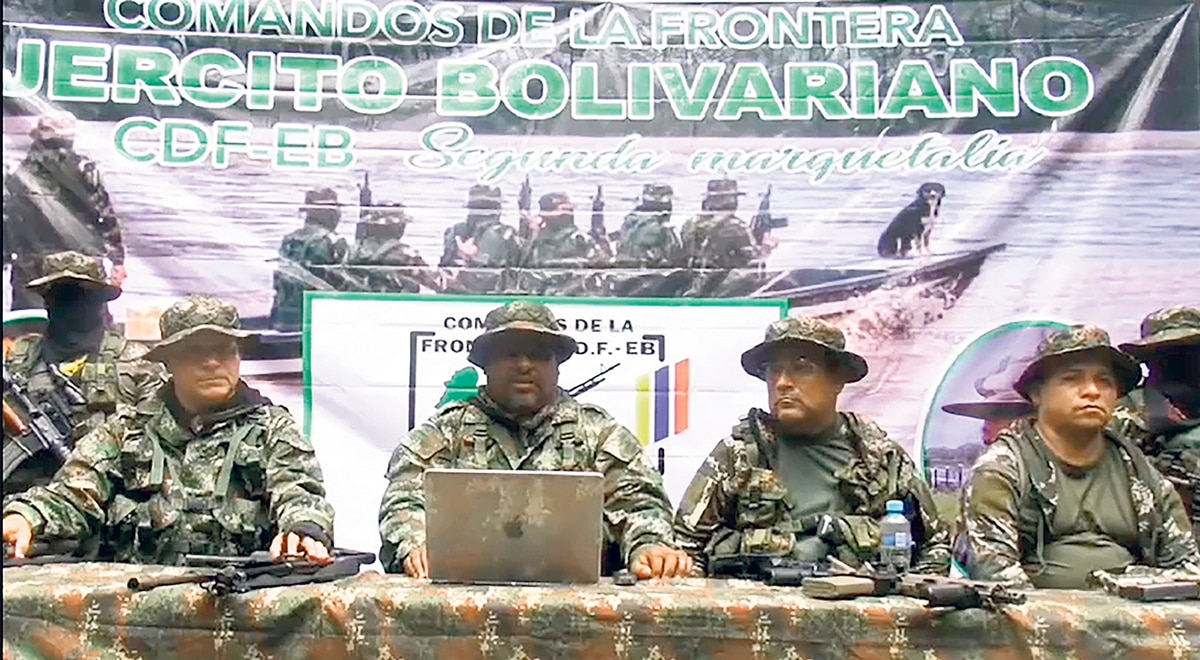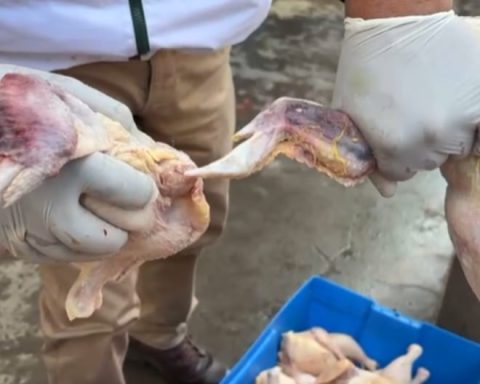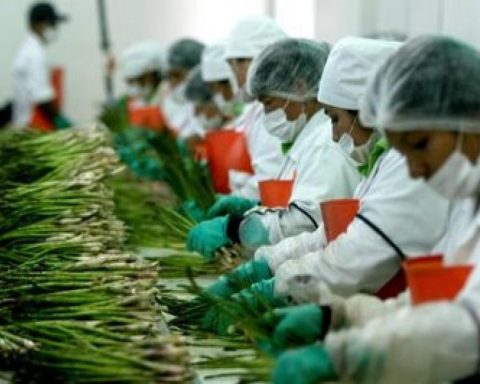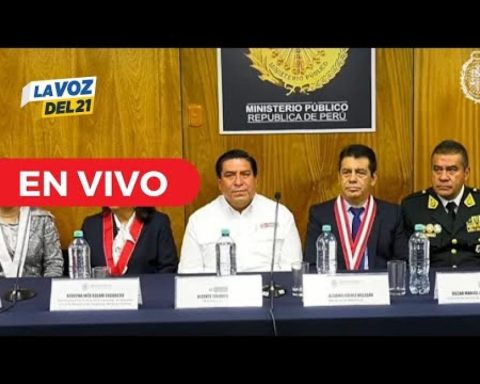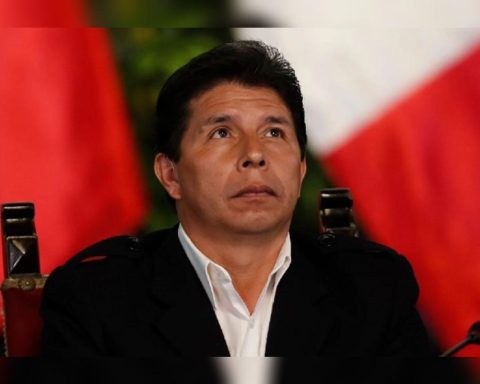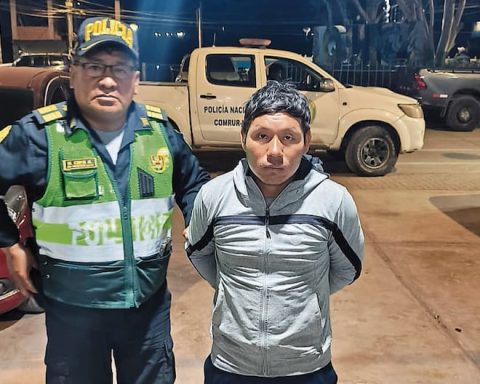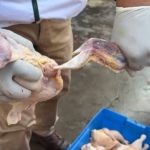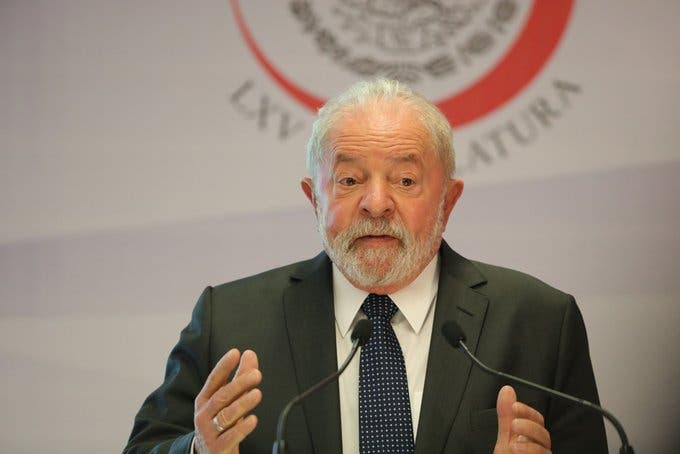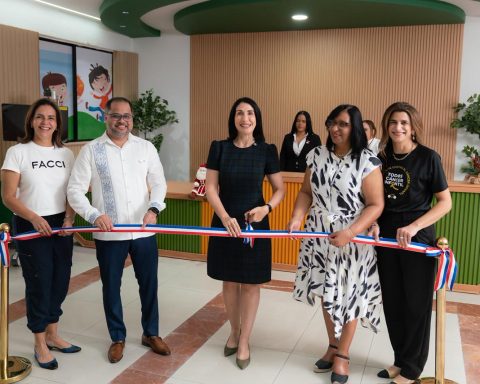Armed elements of the Border Commands of the Bolivarian Army (CDF-EB), made up of former members of the dissolved Revolutionary Armed Forces of Colombia (FARC), they indistinctly cross the borders of Peru and Ecuador to carry out drug trafficking activities along Putumayo.
In recent official meetings of the Joint Commands of Colombia, Ecuador and Peru, the military high command of each country reported the growing presence of the violent armed groups that derive from the disappeared FARC.
The Republic had access to secret documents shared by the military chiefs in the aforementioned meetings between 2019 and 2022, which confirm the criminal activities of the CDF-EB, and another similar group, the Front Carolina Ramirez. Both encourage the cultivation of coca leaf and the production of cocaine in localities located in Putumayo, especially in areas close to the border with Colombia and Ecuador.
As this newspaper reported, during a two-week incursion into towns in the districts of Teniente Manuel Clavero and El Estrecho, in the province of Putumayo (Loreto), collected several testimonies about the recruitment of young people by elements of the CDF-EB and the Carolina Ramírez Front so that they harvest coca leaf in plantations in Peruvian territory. They also force the indigenous communities of the Secoya to grow coca leaves under threat.
This people they are victims of the crime called forced labor, which carries prison sentences of between 6 and 12 years in prison.
Intelligence reports from Colombia, Ecuador and Peru, to which La República had access, confirm armed groups from the Border Commands of the Bolivarian Army (CDF-EB), penetrate Peruvian territory for long periods of time to promote the cultivation of long extensions of coca leaf, as well as the production of basic paste and cocaine, for sales purposes to international organizations.
“Coca cultivation on the Peru-Colombia border is identified in the areas of Putumayo and Lower Amazonas, this is due to the fact that there is a low population, wild vegetation, little traffic of boats and limited presence of the State (which) contributes to the presence of criminal organizations”, indicates an intelligence report that was distributed at the III Tripartite Meeting of Joint Commands of the Armed Forces of Ecuador, Peru and the General Command of the Colombian Armed Forces. The meeting took place in Quito, Ecuador, between September 29 and October 2, 2019.
“Likewise, on the Peru-Colombia border, in Alto Putumayo, there is the presence of ex-FARC residents and drug traffickers (illicit coca crops and laboratories). (…) It should be noted that drug traffickers have dual nationality (DNI/Citizen Identity Card, CIC), which makes their identification difficult, allowing them to transgress the border control of the Law Enforcement of both countries.”
On March 29 of this year, as part of the information exchange agreement on the so-called Irregular Armed Groups (GIA), the head of the Joint Military Intelligence Command of the Joint Command of the Armed Forces of Ecuador, General Juan C. López A., dispatched to his Peruvian counterpart a detailed report on the current situation of criminal organizations in Putumayo.
The document sent to the director of Army Intelligence, General EP Neil Guerrero Hernández, contains a detailed description of the organizational structure of the CDF-EB, in addition to the identification of each of the leaders and the geographical areas in which they move.
The same report indicates that in addition to the CDF-EB, another group of the dissolved FARC is also active, opposed to the peace agreement with the Colombian government.. It is called the Carolina Ramírez Front, whose members operate in Putumayo and have also entered Peruvian territory.
The documents indicate that Both organizations have had armed confrontations for control of areas coca leaf crops and cocaine production.
“The area of operations of the Border Commands-Bolivarian Army is made up of the municipalities of Bajo Putumayo, which include San Miguel, Valle del Guamuez, Puerto Asís and Puerto Leguízamo, expanding to the south with some provinces of Ecuador. and Peru, countries with which Colombia shares a long common border. (…) The proximity to the border gives them the strength for their drug trafficking activities”, explains the report.
In relation to the Carolina Ramírez Front, the document specifies that its criminal activities in Putumayo are not only linked to drug trafficking: “There are coordinations related to the trafficking of coca base paste, cocaine hydrochloride, extortion of ranchers, merchants, drivers and peasants. , forced recruitment of minors”.
Given the undoubted action of the Colombian armed groups in Peruvian territory to promote drug trafficking, under duress and death threatsthe Operational Command of the Amazon, dependent on the Joint Command of the Armed Forces, proposed the execution of the so-called Operations Armageddon to evict the elements of the Border Commands of the Bolivarian Army and the Carolina Ramírez Front.
In a secret report from the head of the Operational Command of the Amazon, EP Division General Miguel Gonzales Bojórquez, to the head of the Joint Chiefs of Staff of the Armed Forces, Lieutenant General FAP Igor Guzmán Sánchez, confirms the danger of the presence of Colombians: “ Based on intelligence information received during the X Meeting of Regional Commands of the Peru-Colombia Border (…) there is knowledge of the increased presence of members (of) (…) Ex-FARC Residual Organized Armed Groups (GAOR) , along the common Peru-Colombia border line, in the provinces of Mariscal Ramón Castilla and Putumayo in the Loreto region.
This is a resounding confirmation.
“The Putumayo River is the drug highway”
Approach by Ricardo Soberón G., director of Devida.
In Putumayo there is an increase in the production of coca leaf. It is not exactly the first production area, but it has important quantities in the Putumayo and Yavarí slopes. The difficulty for us is that an operation, whatever it may be, in Loreto, costs three times more in budget than in the lower jungle. And Devida’s budget for 2023 is 287 million soles. It’s very little.
What the Republic has found in Putumayo is not free. Based on two instruments, the 2022 world drug report and the 2021 coca cultivated area monitoring report -published by Devida on September 15-, we come to the conclusion that it is the international demand for cocaine that is irreversibly destroying the Amazon.
What happens in Putumayo could also have happened in Ucayali and Marañón, where it also happens, but not as in Putumayo. Because the Putumayo is the river highway that brings together the world’s first and second largest producers (Peru and Colombia) of the raw material and the final product.
So, the effort that the Peruvian State can make by spending approximately 72 million dollars a year, plus another 50 million dollars that international cooperation gives us, We are not even scratching the structural causes that are generating this succession of events that is evident.
“There is no territorial control in Putumayo”
Approach by Ricardo Valdés C., director CHS Alternativo
The situation of forced labor is little known to justice operators. And this is expressed in the fact that, despite the fact that it is a crime defined in the Penal Code in 2017 and since 2021 it is among the crimes against dignity, only the Public Ministry has reported between 2017 and 2020 only 28 complaints and 46 victims. . It is very little. And in the case of the Ministry of the Interior, in the last four years it has recorded only 25 complaints. And in the case of sunafilwhich carries out labor inspection, there are 10 cases in 15 regions.
On the other hand, if I go to our statistics, which we did with the IEP, they clearly indicate that forced labor is unknown to more than half of the Peruvian population.
What the La República team has found in Putumayo ratifies what I have mentioned, that there is abuse of vulnerability, deception, isolation, intimidation, threat, document retentionall the indicators that are in the ILO.
It shows that in places where there is no territorial control by the authorities, that territorial control is assumed by organized crime or by criminal economies. In the case of Putumayo, we are talking about drug trafficking, arms trafficking, illegal mining and, in addition, the entry due to lack of territorial control, of former members of the FARC who cross the border.
documented
The Joint Command of the Armed Forces received secret information from their counterparts in Colombia about the actions of ex-FARC groups in the Peruvian region of Putumayo.
